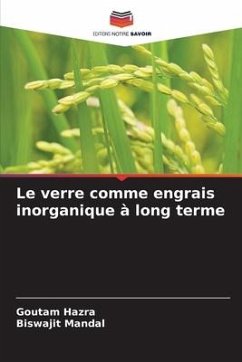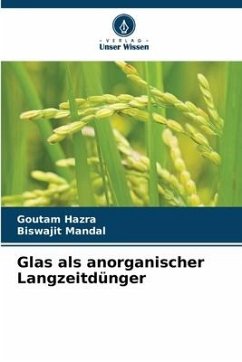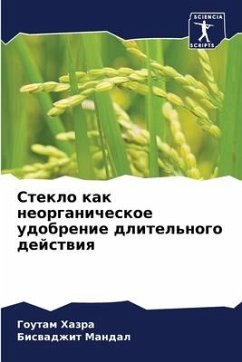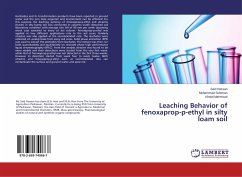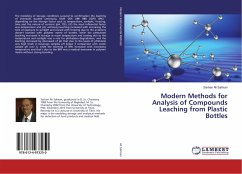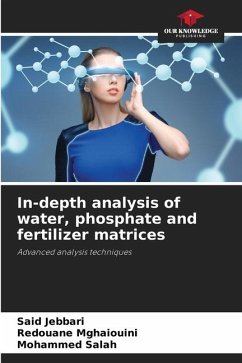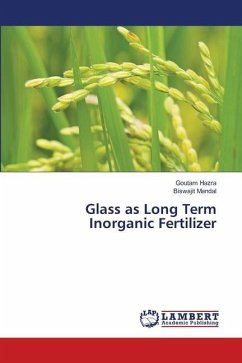
Glass as Long Term Inorganic Fertilizer
Versandkostenfrei!
Versandfertig in 6-10 Tagen
45,99 €
inkl. MwSt.

PAYBACK Punkte
23 °P sammeln!
Glass fertilizers are new type of advanced and controlled released fertilizer and made of glass matrixes with macro elements (K, P, Mg, S, Ca) most useful for plants and also incorporated with microelements (B, Fe, Mo, Cu, Zn, Mn) which are important to the growth and development of corps or plants. The quantity of the microelements incorporated in the glass as oxide in the range 1-5%. The use of glass fertilizers offers lot of advantages: due to low or controlled solubility- it avoids underground water pollution; the soil pH can be regulated by the pH of the glass matrix; do not release acid ...
Glass fertilizers are new type of advanced and controlled released fertilizer and made of glass matrixes with macro elements (K, P, Mg, S, Ca) most useful for plants and also incorporated with microelements (B, Fe, Mo, Cu, Zn, Mn) which are important to the growth and development of corps or plants. The quantity of the microelements incorporated in the glass as oxide in the range 1-5%. The use of glass fertilizers offers lot of advantages: due to low or controlled solubility- it avoids underground water pollution; the soil pH can be regulated by the pH of the glass matrix; do not release acid anions (Cl-, SO42-) which are harmful for plants so there is no risk of soil burning when they are incorrectly dosed; in a single type of fertilizer can be embedded almost all useful elements for plants; the controlled rate of solubility in water can be adjusted easily by changing the composition of glass matrix; a single dose of application of glass fertilizer can supply the plant nutrientsfor a long time. With the growing need for efficient utilization of resources, such glass fertilizers are most deplorable and call for radical changes in the inorganic fertilizers.



